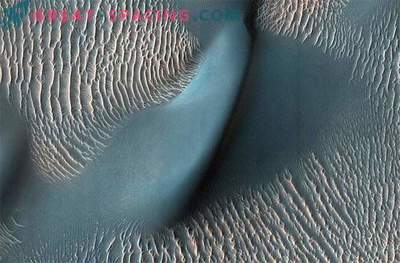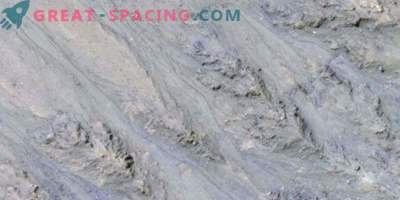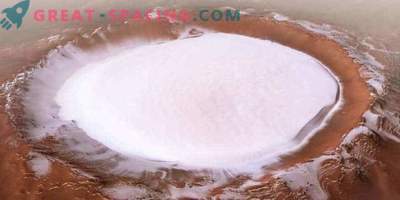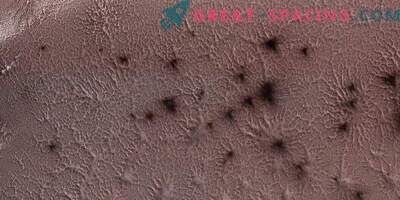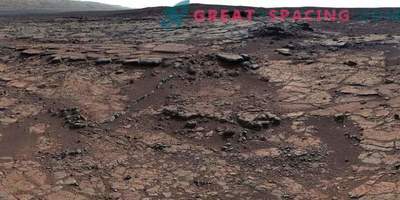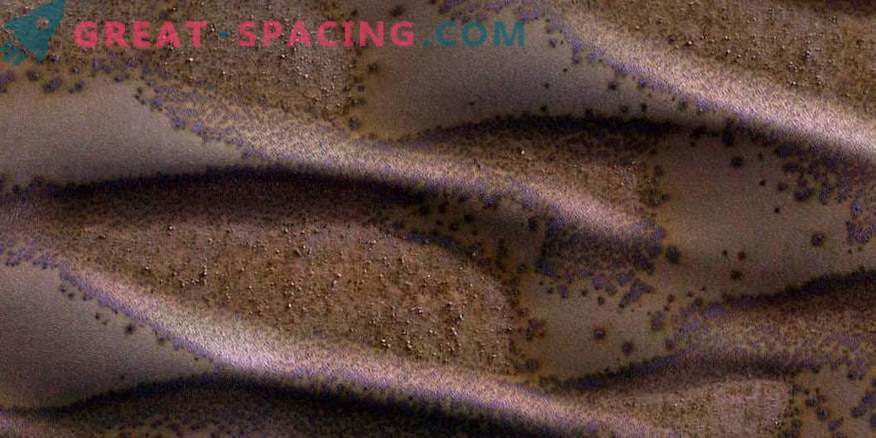
When winter descends to the southern hemisphere of Mars, forming the so-called “frost tails”, in the northern hemisphere, on the contrary, spring comes and the northernmost dunes begin to conceal.
In this stunning photo taken with a HiRISE camera mounted aboard a NASA Mars Reconnaissance Orbiter (MRO) spacecraft, carbon dioxide on the Martian surface is shown in vivid detail.

Many sandy dune materials were sandwiched by Martian craters. For example, this happened with the crater of Noachi Terre, located to the west of the large-scale basin of Hellas. HiRISE camera on the MRO was able to capture this review on December 28, 2009. These are linear dunes associated with changing wind patterns. Surprisingly, they are all extremely similar, including the reddish line on the slopes. Between them are large boulders.
With a surface temperature reaching -153 degrees Celsius (-243 degrees Fahrenheit) at the poles, carbon dioxide from a thin atmosphere freezes on the surface of Mars and forms an ice crust (we know it as "dry ice"). But when the sun begins to rise higher and higher above the horizon, weak sunlight is enough to melt the ice, forcing it to sublimate back into the atmosphere. Constant monitoring of the surface of Mars, using the HiRISE camera, allows you to better understand the seasonal processes on the planet. In this case, a bright layer of ice recedes, exposing the dark rusty shades of Martian regolith on the southern slopes of the dunes.

On May 21, 2017, the HiRISE camera on the MRO captured this amazing image on the territory of the northern Martian hemisphere. In winter, snow and ice cover the dunes. Unlike our planet, Martian snow is carbon dioxide, namely dry ice. When the sun rises in the spring, the ice creates cracks, and the gas carries the dark sand down, forming beautiful patterns. Frost can linger on a rough surface between hidden ridges.
In dark areas where sand is ejected from beneath a layer of sublimated ice, miniature avalanches occur.
Thus, the HiRISE camera once again proves that seasonal processes and eolian (wind-formed) features form the Martian climate.



